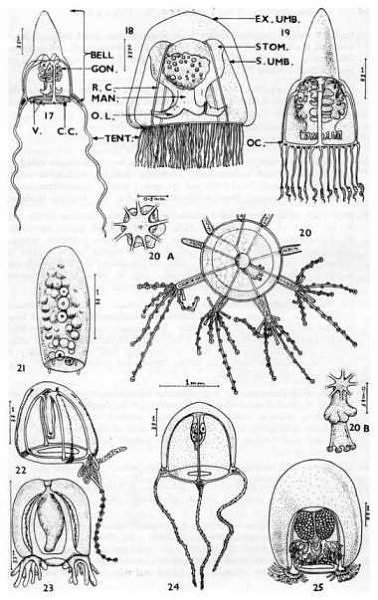Space shuttle Atlantis, which flew the final mission of NASA's 30-year shuttle program in July 2011, is now being prepared to be publically displayed at the Kennedy Space Center Visitor Complex in Florida.
The commander's (left) and pilot's (right) controls aboard Atlantis' flight deck.
Atlantis' aft flight deck's displays and controls were used for rendezvous, docking, payload deployment and retrieval, payload monitoring, robotic arm operations, payload bay door operations and closed-circuit television operations.
Switches on the space shuttle Atlantis' middeck.
Atlantis' middeck, where technicians have already removed the crew equipment lockers, seats, galley, and toilet. The ladders to either side lead to the flight deck. On the far wall, normally hidden by the middeck lockers, are the orbiter's avionics control boxes.
Atlantis' middeck. Here, the crew access hatchway is seen to right, and the airlock hatchway is center. The toilet compartment, now empty, is behind the ladder to the right.
Atlantis' closed hatchway inside the airlock that led to the docking adapter used to enter the International Space Station.
The view through the open airlock hatchway out into Atlantis' 60-foot-long payload bay. Seen mounted to the left sill of the cargo hold, the orbiter boom extension system, which was used in tandem with the robotic arm to inspect Atlantis' heat shield. The Canadarm robotic arm was removed from the left sill the day before these photos were taken to be shipped to Johnson Space Center in Houston for possible future use in space.
A view from above of Atlantis' 60-foot-long payload bay.
Atlantis' aft section as viewed from the side. The reflective insulation would normally be covered by one of the shuttle's two orbital maneuvering system (OMS) engine pods. The pods are being serviced and cleaned to make them safe for Atlantis' public display.
The circular openings for Atlantis' three main engines. The engines will not be reinstalled as they are being retained by NASA for future re-use with the heavy-lift Space Launch System. Instead, replica engines comprised mostly of spent nozzles will be installed in the complete engines' place.
The work platforms that surround Atlantis inside NASA's Orbiter Processing Facility-2 make it difficult at times to recognize the spacecraft enveloped within. The top of Atlantis' wings can be seen just below one of the levels.
Views of the space shuttle Atlantis' wheels and tile-covered underbelly.
Hubble 'Deep Field' image taken by Hubble Telescope, deployed by Atlantis. January 15, 1996: One peek into a small part of the sky, one giant leap back in time. The Hubble telescope has provided mankind's deepest, most detailed visible view of the universe.
Representing a narrow "keyhole" view stretching to the visible horizon of the universe, the Hubble Deep Field image covers a speck of the sky only about the width of a dime 75 feet away. Though the field is a very small sample of the heavens, it is considered representative of the typical distribution of galaxies in space, because the universe, statistically, looks largely the same in all directions. Gazing into this small field, Hubble uncovered a bewildering assortment of at least 1,500 galaxies at various stages of evolution within this field; a speck of the sky only about the width of a dime 75 feet away. Note: each of the galaxies seen in the Deep Field image range from dwarfs with as few as ten million stars to giants with a hundred trillion stars, each orbiting their galaxy's own center of mass.





















































